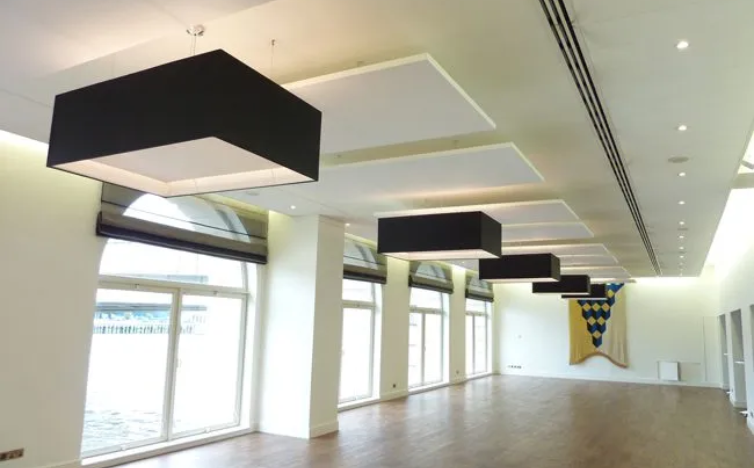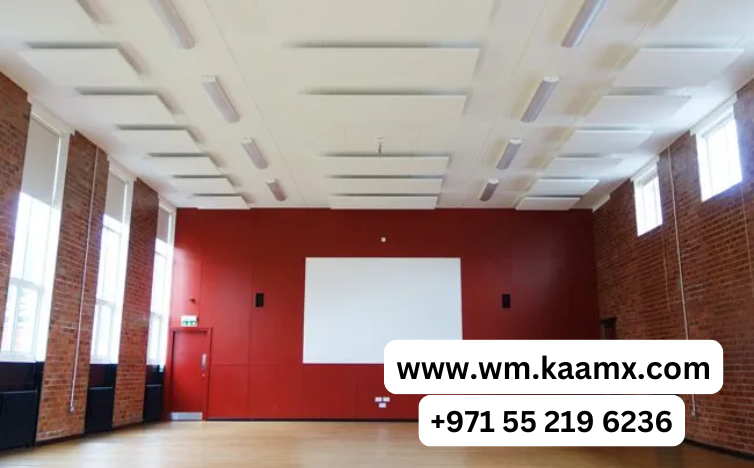Village halls are the heart of community life, hosting everything from meetings to concerts. However, poor acoustics can hinder communication and enjoyment. This guide offers practical solutions to enhance village hall acoustics, making it a more versatile and pleasant space for all.
Understanding Acoustics in Village Halls
Acoustics refers to how sound behaves in a space. In village halls, common issues include echoes, reverberation, and uneven sound distribution. These problems can make it difficult to hear speeches, enjoy music, or even have a simple conversation.
Common Acoustic Problems
- Echoes: Occur when sound waves bounce off hard surfaces, creating a delayed repetition of the original sound.
- Reverberation: Prolonged sound caused by multiple reflections, making speech unclear.
- Sound Shadows: Areas where sound is weak or muffled due to obstructions or poor design.
Practical Solutions for Better Acoustics
Improving the acoustics of a village hall doesn’t have to be expensive or complicated. Here are some effective strategies:
 1. Use Acoustic Panels
1. Use Acoustic Panels
Acoustic panels absorb sound waves, reducing echoes and reverberation. They can be installed on walls and ceilings, and come in various designs to match the hall’s decor.
2. Install Carpets and Curtains
Soft furnishings like carpets and heavy curtains can significantly reduce sound reflection. They are particularly effective in areas with hard flooring and large windows.
3. Optimize Furniture Arrangement
The way furniture is arranged can impact sound distribution. Avoid placing large objects in the center of the room, and consider using furniture with soft surfaces to absorb sound.
4. Consider Acoustic Baffles
Acoustic baffles are hanging sound absorbers that can be suspended from the ceiling. They are ideal for large spaces and can be strategically placed to target problem areas.
5. Use Portable Partitions
Portable partitions can create smaller, more acoustically controlled spaces within the hall. They are useful for dividing the hall during events or meetings.
Engaging the Community
Improving acoustics is a community effort. Engage local residents and stakeholders in the process:
1. Conduct a Sound Audit
Invite an acoustic consultant to assess the hall’s current sound quality and recommend improvements.
2. Fundraise for Acoustic Upgrades
Organize community events or apply for grants to fund acoustic improvements. Many local councils and organizations offer funding for community projects.
3. Educate and Involve
Host workshops or informational sessions to educate the community about the importance of good acoustics and how they can contribute to the project.
Contact Muhammad Shaheen Carpentry at 971 55 219 6236, and discover the transformative science of soundproofing for your space.
Conclusion
Enhancing the acoustics of your village hall can transform it into a more functional and enjoyable space for everyone. By understanding common acoustic issues and implementing practical solutions, you can ensure that your hall meets the needs of the community for years to come.

